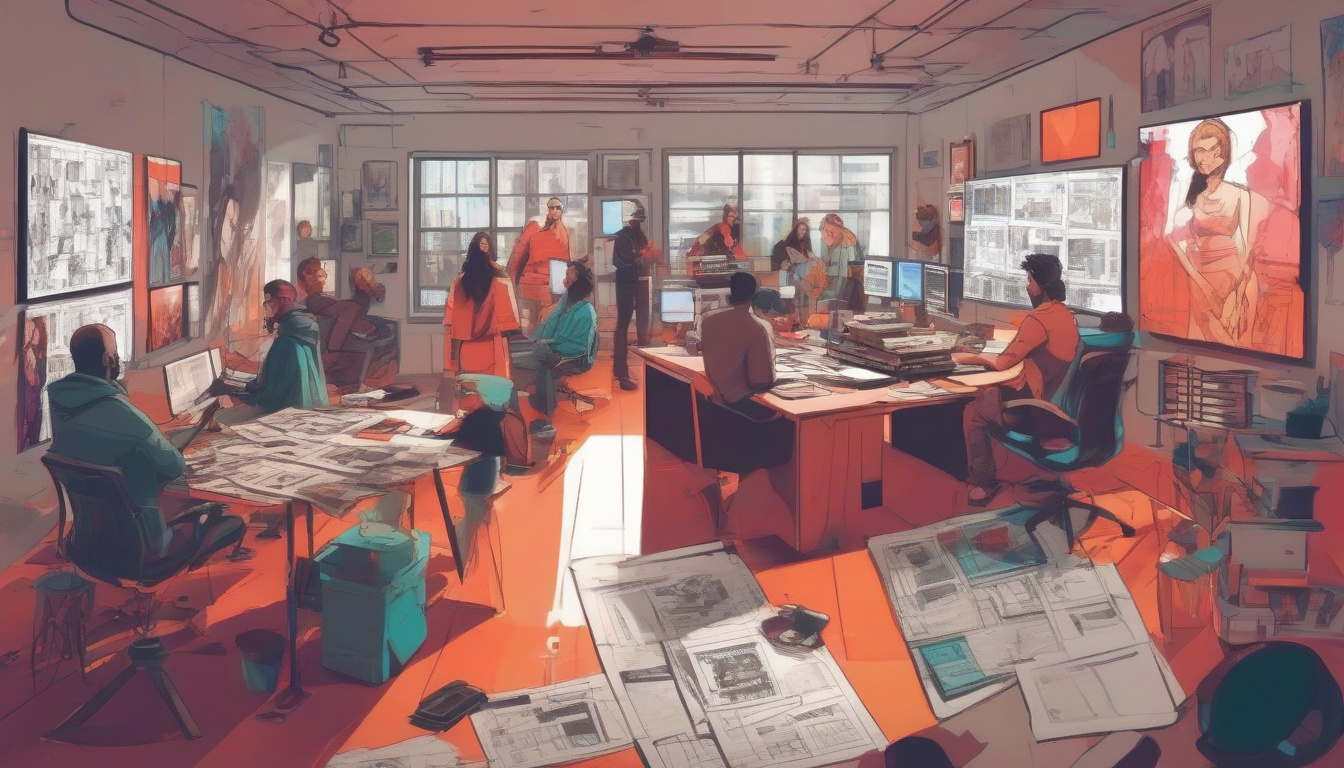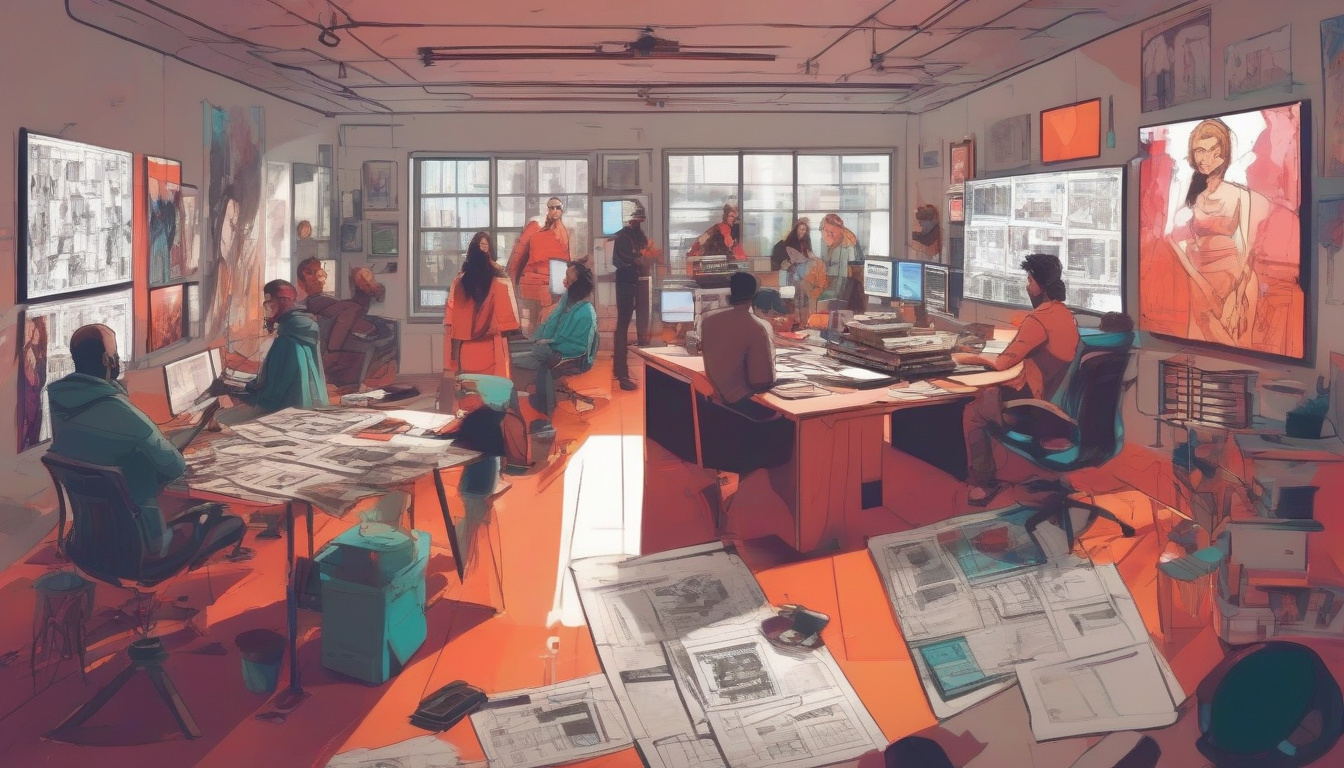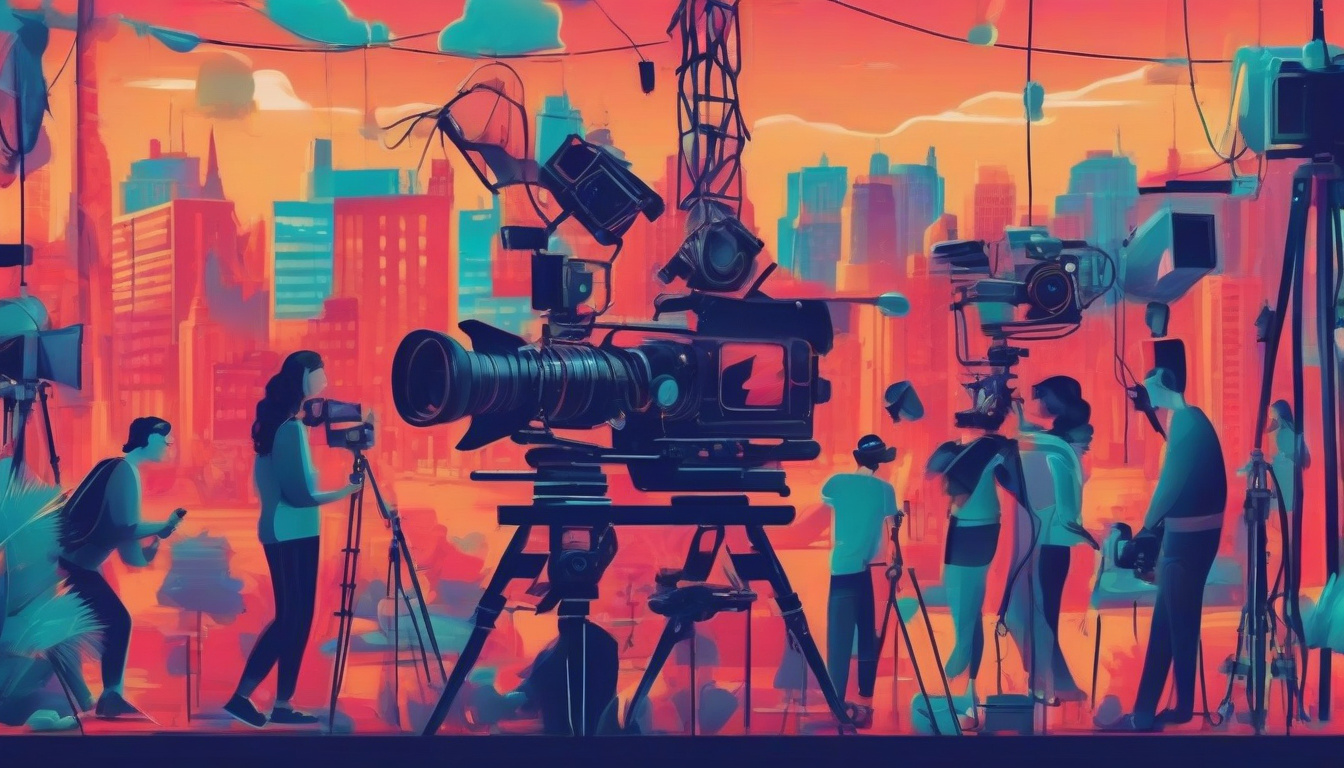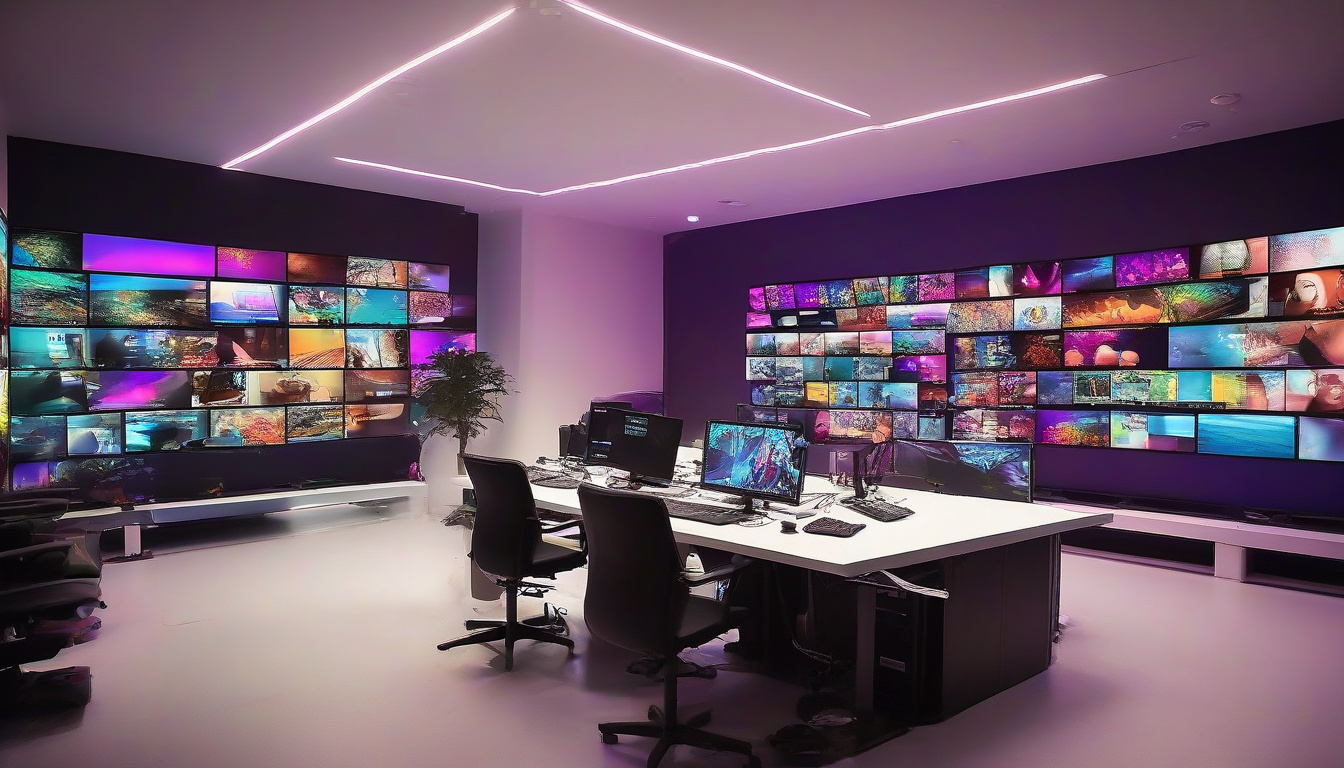
Mastering the art of storytelling is essential for any aspiring filmmaker.
In this comprehensive guide on how to shoot a film, we will explore the various elements that contribute to creating a compelling narrative and delivering it effectively on screen.
From understanding storytelling fundamentals to the nitty-gritty of pre-production, capturing breathtaking visuals, and navigating the post-production maze, this article is designed to arm you with the knowledge needed to shoot a film like a pro.
Additionally, we will delve into the marketing and distribution side of things to ensure your film reaches its audience.
Whether you’re a novice filmmaker or someone looking to refine your skills, this guide will provide valuable insights into the magical world of filmmaking.
Get Professional Screenplay Coverage in Minutes, Not Weeks!
 Get Professional Screenplay Coverage in Minutes, Not Weeks!
Get Professional Screenplay Coverage in Minutes, Not Weeks!

Essential Equipment for Shooting a Film
When it comes to learning how to shoot a film, having the right equipment is crucial for achieving high-quality production without breaking the bank.
First and foremost, investing in a good camera is essential; a DSLR or mirrorless camera often provides the flexibility and video quality needed for cinematic shots.
Along with your camera, a sturdy tripod is a must for stable shots, while a gimbal or stabilizer can help achieve smooth motion during scenes.
Don’t overlook sound equipment; good audio can elevate your film significantly, so consider using external microphones and audio recorders.
Lastly, proper lighting is the key to setting the right mood and tone; softbox lights or LED panels can be very effective in creating cinematic visuals in various settings.
By equipping yourself with these essential tools, you’ll be well-prepared on your journey of how to shoot a film.
Techniques for Cinematography and Composition
Cinematography and composition are crucial elements in the art of filmmaking, guiding viewers’ emotions and perceptions through visual storytelling.
Understanding how to shoot a film effectively begins with mastering various techniques that enhance the quality of your visuals.
First, consider the rule of thirds, which helps position your subjects harmoniously within the frame, creating balance and ensuring the viewer’s eye is naturally drawn to the focal points.
Additionally, pay attention to lighting; utilizing natural light or strategically placed artificial lights can evoke mood and depth, vital for a compelling narrative.
Furthermore, experimenting with camera angles can significantly influence how your audience perceives a scene.
Low angles can convey power or dominance, while high angles might suggest vulnerability or weakness.
Don’t forget to explore depth of field; a shallow focus can isolate characters, allowing for intimate storytelling, whereas a deep focus can present a broader context.
By combining these techniques, you can improve your cinematography and composition skills, ultimately enhancing how to shoot a film that captures and retains your audience’s attention.

Editing and Post-Production Tips
Editing and post-production are crucial steps in the filmmaking process that can elevate your project from amateur to professional quality.
Understanding how to shoot a film effectively involves not just capturing great footage but also knowing how to fine-tune that footage in the editing room.
Start by organizing your clips; categorize them by scenes or shots to streamline the editing process.
Utilize editing software that suits your skill level — whether it’s Adobe Premiere Pro, Final Cut Pro, or more user-friendly options like iMovie.
When you begin cutting your footage, pay attention to the pacing and rhythm of your film; this is where storytelling truly takes shape.
Incorporate sound design and music to enhance the emotional impact of your narrative.
Lastly, color grading is vital to ensure visual consistency throughout your film and to create the desired aesthetic.
By mastering these editing and post-production techniques, you will not only learn how to shoot a film but also how to transform raw footage into a compelling story that resonates with your audience.
Marketing and Distributing Your Film
Marketing and distributing your film effectively is as crucial as knowing how to shoot a film.
Once you’ve captured your footage and edited your story, the next steps involve reaching your audience and maximizing your film’s visibility.
Start by developing a strong online presence through social media platforms that resonate with your target demographic.
Create engaging content that showcases behind-the-scenes glimpses or insights into your filmmaking process, which not only builds anticipation but also connects audiences to your journey.
Additionally, leverage film festivals as a way to gain credibility and visibility; submit your film to multiple festivals to increase your chances of exposure.
Consider utilizing digital distribution platforms, such as Amazon Prime or Vimeo On Demand, to streamline your film’s release.
Furthermore, crafting a compelling press kit that includes an engaging synopsis, high-quality stills, and director’s notes can greatly enhance your film’s profile among journalists and bloggers.
By combining traditional marketing techniques with modern digital strategies, you can effectively promote your film and ensure it reaches its intended audience.






